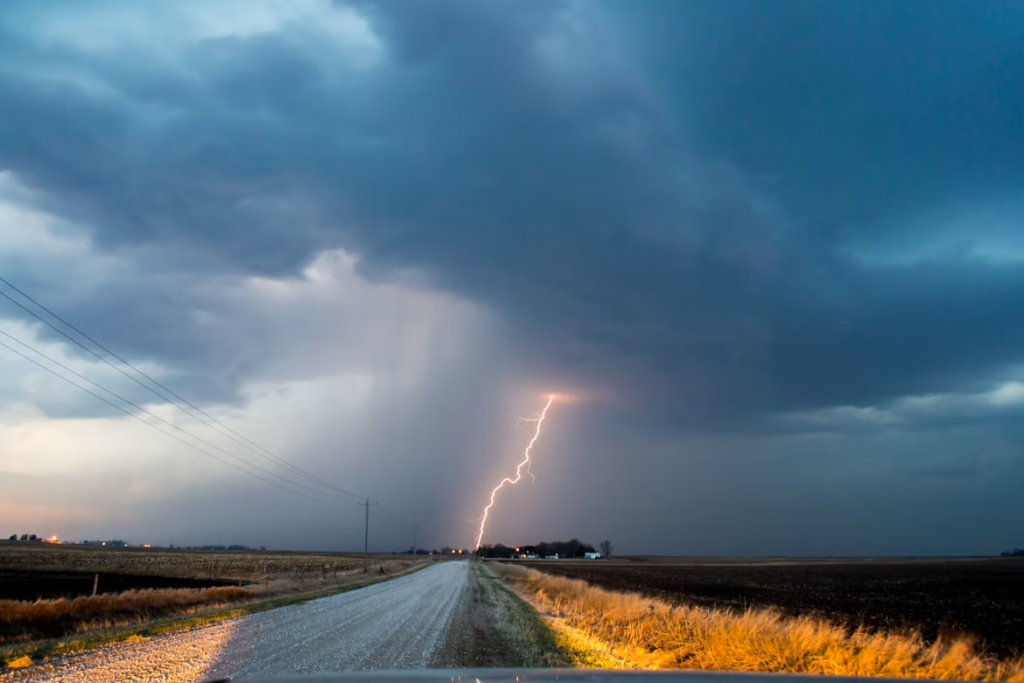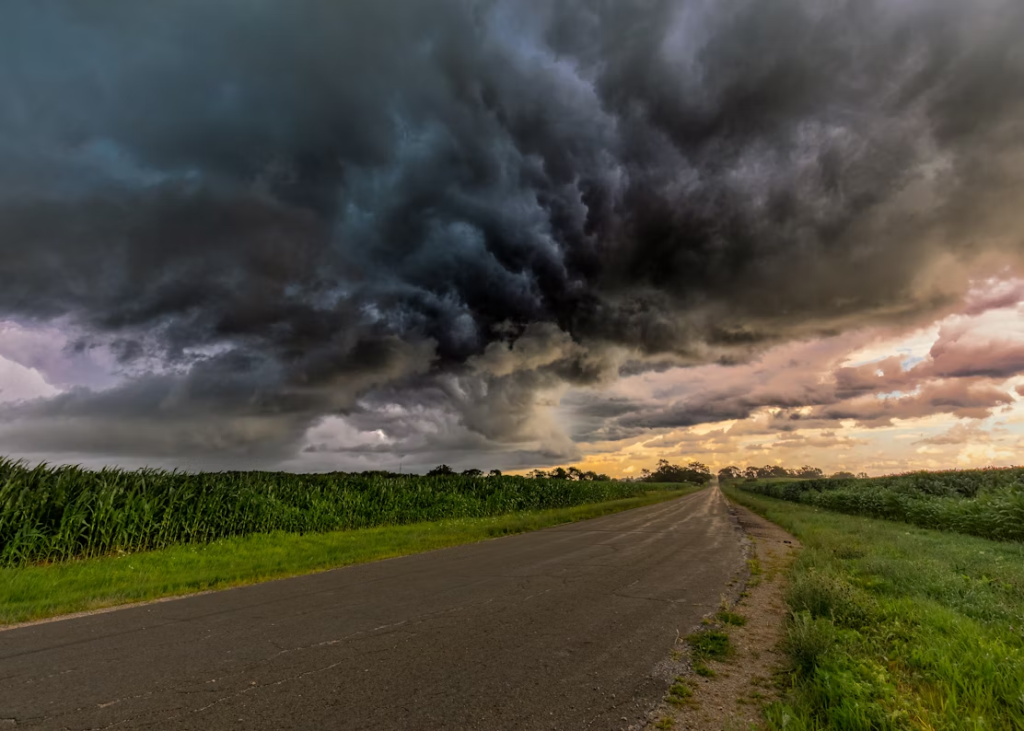
Port St. Lucie’s subtropical climate brings sudden downpours, flooding, and slick roadways that pose serious risks to drivers. Heavy rain can reduce visibility, cause aquaplaning, and obscure roadway markings—turning otherwise normal intersections into danger zones. If you’ve been involved in a crash during inclement weather, fault and liability may be more complicated than you think. Consulting a personal injury lawyer serving Port St. Lucie as early as possible ensures your case properly accounts for weather-related factors and protects your right to fair compensation.
Adverse weather doesn’t excuse negligence—but it can amplify its consequences. Knowing how courts and insurers treat weather in liability assessments is essential, especially when fault is contested or shared. Your legal advocate can help guide documentation and ensure contributory factors are properly evaluated.
How Rain and Flooding Elevate Accident Risk
Rainstorms in Port St. Lucie often arrive quickly and heavily, leading to brief but intense periods of road saturation. As water pools on pavement, vehicles are prone to lose traction—even at moderate speeds. Elevated risk of hydroplaning arises when tires ride atop water instead of gripping asphalt, causing loss of steering or braking control on major roads like Crosstown Parkway or U.S. 1.
Additionally, rainfall can activate traffic signals or obscure road lines. Street flooding may force drivers into the wrong lane or veer off into shoulder areas. Sudden downpours can also impede visibility and impair driver reaction time—meaning a fraction of a second lost can result in serious collisions.
Liability Implications in Weather-Related Crashes
Florida law—and legal precedent—acknowledges that weather is a contributing factor in accidents. However, it does not automatically absolve negligent behavior. Drivers are expected to adjust speed, maintain safe following distances, and exercise caution during poor conditions.
If a driver proceeds too fast for rain, follows too closely, or fails to use headlights, courts and insurers will likely assign fault. But when both parties operate under risky conditions, Florida’s modified comparative negligence rule may reduce each driver’s share based on behavior. Documenting environmental conditions—photos of the scene, meteorological reports, and vehicle damage—is crucial.
Steps to Take After a Weather‑Related Accident
Safety first: pull to a secure location, turn on hazard lights, and call emergency services. Even if injuries seem minor, seeking medical attention promptly ensures documentation of any trauma.
While in a safe position, use your phone to take photos of the crash site—wet pavement, standing water, signs of flood levels, tire skid marks, and any damaged roadway signage or markings. Record the time and weather conditions. Exchange information with other drivers and note any witness observations—especially if they mention speed or road behavior.
Collecting even fleeting evidence helps preserve details that may vanish as weather clears or conditions change. Insurers and legal teams often scrutinize whether drivers adjusted for rain or acted recklessly.
Understanding Comparative Fault in Weather Claims

Florida’s comparative fault system adjusts compensation based on each party’s share of liability. If both drivers share blame—say one was speeding in rain and another changed lanes abruptly in soaked pavement—each can still recover so long as they are not more than 50% at fault. This means documenting precise behaviors matters.
A personal injury lawyer serving Port St. Lucie can assess how Florida’s comparative negligence rules apply in your case—and help argue fairness in fault division. Expert testimony or accident reconstruction can support your position that you acted appropriately given weather.
How Legal Representation Strengthens Your Claim
Weather-related accidents demand careful coordination of medical, scientific, and legal evidence. A skilled attorney will:
- Preserve weather reports, video surveillance, and vehicle damage
- Engage accident reconstructionists capable of assessing speed and stopping distance in wet conditions
- Interact with insurers to ensure adjustments are made fairly—not unfairly attributing blame to victims
- Explore options like third-party liability if municipal road maintenance—or lack thereof—contributed to hazards
Whether you’re faced with lowball settlement offers or insurer skepticism, legal advocacy ensures the impact of weather is not used to unfairly deny or devalue your claim.
Insurance Company Tactics and Your Response
After a rainy-day crash, insurers may attempt to allocate blame based on weather conditions. Common tactics include arguing you should have seen standing water, suggesting you failed to brake properly, or pressing you to admit fault in recorded statements.
Your attorney can manage these communications professionally, avoiding statements that insurers might misinterpret. They will ensure your claim reflects both physical injuries and emotional impact—not just immediate medical costs—and negotiate compensation that covers future expenses tied to recovery or vehicle repair.
Don’t Let Weather Mask Fault

Rainy roads don’t eliminate responsibility—responsive driving does. Weather adds complexity, but also clarity: if you slowed, signaled, and maintained awareness, you may have strong grounds to recover damages. A personal injury lawyer serving Port St. Lucie can help analyze weather conditions, protect your legal rights, and fight for the compensation you deserve.
If you’ve been injured in a crash during adverse weather conditions in Port St. Lucie, contact Frankl Kominsky Injury Lawyers to explore your legal options and secure experienced support.
About the Author
This article was written by a legal content specialist with expertise in weather-related accident claims, Florida traffic law, and insurance disputes. Drawing on experience with storm-related crashes and roadway negligence, the author delivers detailed, actionable guidance to help victims navigate claim complexities. They are not affiliated with any law firm and produce independent legal commentary to assist readers in understanding their rights after adverse-condition incidents.







